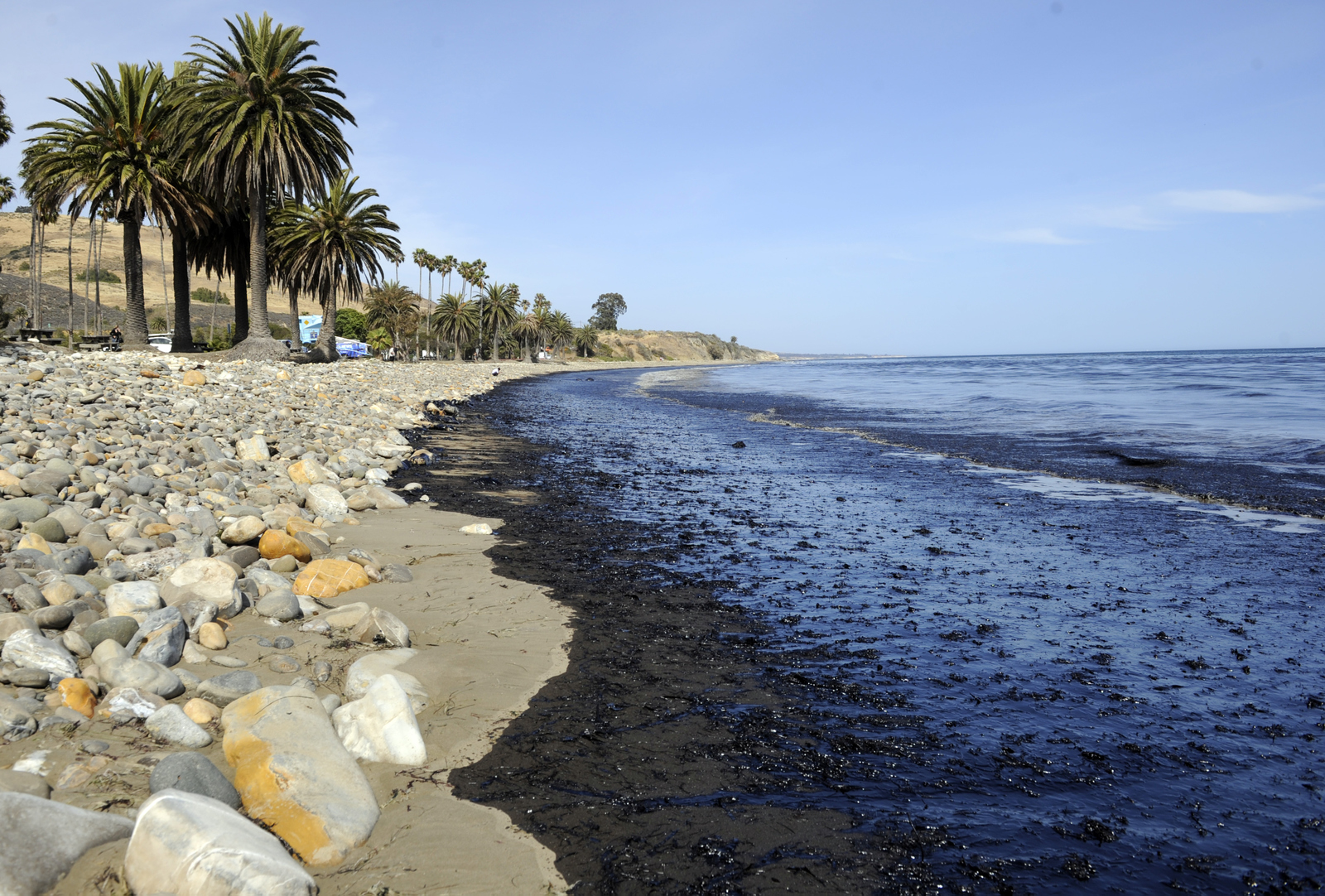$22 Million Restoration Plan for Refugio Oil Spill Released
Plains Settlement to Fund Projects to Repair Damage to Ecosystem, Make Up for Lost Human Use

When more than 140,000 gallons of crude oil poured from a broken pipe along Santa Barbara’s scenic coast in May 2015, the ecosystem, and the community, were devastated. Pipeline operator Plains All American Pipeline settled the subsequent lawsuits this March for $60 million, and $22 million of it is earmarked for new restorative projects to replenish the coastal ecosystem and enhance recreational facilities affected by the spill.
On April 22, the Refugio Beach Oil Spill Natural Resource Trustees, a collaborative effort between six agencies and the University of California, released their plan for allocating the settlement funds from the Refugio Oil Spill. The plan will use $11.6 million of that figure for projects meant to restore the shoreline and subtidal habitats that were devastated by the spill. But a substantial sum is also set aside for human use projects, meant to account for the lost recreational and economic opportunities brought about by the spill.
The plan was put together by the trustees, who were charged with drafting a document that “describes the injuries resulting from the spill and proposes restoration projects intended to compensate the public for those injuries.” The trustees include the California Department of Fish and Wildlife, California State Lands Commission, California Department of Parks and Recreation, University of California, the Department of Interior, U.S. Fish and Wildlife Service, and the National Oceanic and Atmospheric Administration. The plan allocates $5.5 million for shoreline habitats, $6.1 million for subtidal and fish habitats, $4.5 million for birds and marine mammals, and $3.9 million for human use.
The $22 million comes from a civil settlement this March in which the Houston-based energy company Plains All American Pipeline — criminally convicted in 2018 of fouling state waters and harming wildlife near Refugio State Beach — agreed to pay $60 million for penalties and damages created by what a jury found were negligent practices that contributed to the spill. “The sum is based on a scientific assessment of how much damage the spill caused, both to the habitat and the communities who utilize it,” said Mike Anderson, resource restoration program manager at the Office of Spill Prevention and Response. “It isn’t a punitive fee, but basically a ‘You need to fix what you broke.’”
Anderson explained that the Plains settlement was established by a consent decree, meaning it was reached without admission of liability. The remaining $38 million of the $60 million settlement accounts for “past spill cleanup costs, costs of NRDA assessment, and penalties,” Anderson said. The funds will be available for use once the public comment period closes on the consent decree on May 20 (the last day for public comment on the restoration plan is June 8), and after the court subsequently accepts the decree’s terms.
The $22 million for restorative projects is the second largest such award in California history. The first was the 2007 Cosco Busan spill that gushed 53,000 gallons into San Francisco Bay after the tanker ran into the Bay Bridge; it resulted in $30 million for projects to compensate for lost recreation and impact on natural resources. In that case, most of the funds went to the human-use category, whereas in the Refugio plan, the lion’s share of the funds is earmarked for habitat restoration.
Such accountability wasn’t always the law of the land. “When the 1969 oil spill happened that helped kick-start the environmental movement in this country, there weren’t laws in place that allowed communities to hold these companies accountable,” said Jenny Marek, deputy field supervisor at the U.S. Fish and Wildlife Service’s Ventura office. “We’ve been able to use science to come up with a number that accurately represents the scope of the damage done. We’re excited to share this plan with the public and have them weigh in on it. We want this to be the community’s plan.” Anderson stated that comments submitted by the public will be taken into consideration before a final draft of the plan is published.
“This coastline is a treasure, and the damage was substantial,” said Marek. “We’re hoping that, with these funds, we can start to repair what was broken.”
Editor’s Note: Though the broken pipeline leaked 140,000 gallons of crude, according to an analysis performed for the trustees, about 53,000 gallons went into the Pacific Ocean.
At the Santa Barbara Independent, our staff continues to cover every aspect of the COVID-19 pandemic. Support the important work we do by making a



